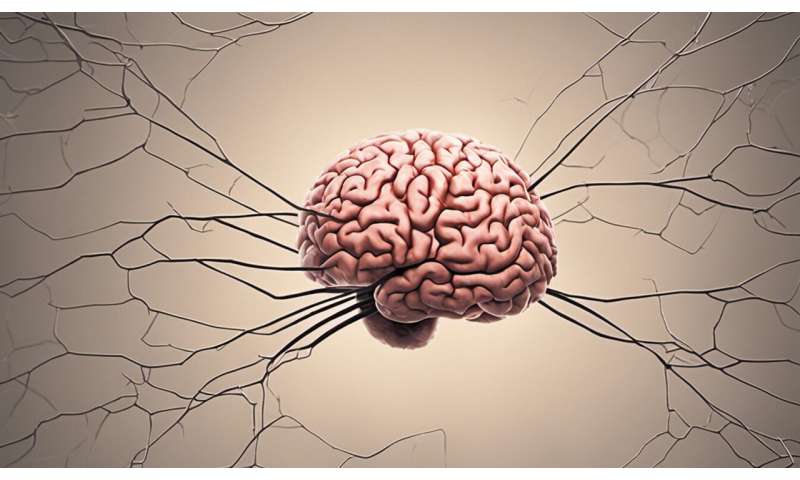
Parkinson’s disease, a brain disorder that affects over 10 million people worldwide, is caused by the gradual loss of dopamine neurons. The loss of these neurons leads to involuntary tremors, stiffness and balance problems. While there are drugs to treat these symptoms, no drugs exist to slow the progression of the disease. However, we found a brain protein that may be able to prevent the loss of dopamine neurons. This discovery could be important for developing treatments.
For many years, scientists have been investigating the use of neurotrophic factors to slow the progression of Parkinson’s disease. These proteins are normally found in the brain and play an important role in protecting and nurturing different types of neurons, including dopamine neurons, which are critical for controlling movement.
In 1993, one neurotrophic factor, called glial cell line-derived neurotrophic factor (GDNF), was found to protect dopamine neurons in laboratory tests. Following extensive laboratory studies in which GDNF displayed much benefit, clinical trials were started in the early 2000s.
In these trials, GDNF was administered directly into the brains of Parkinson’s patients. Promising results were reported from the early trials, in which small numbers of patients all received GDNF treatment. Researchers became excited about the potential of using neurotrophic factors to treat Parkinson’s disease.
But to prove that a treatment is effective, it must be tested in clinical trials in which patients are randomly allocated to receive the experimental drug or a placebo. A GDNF clinical trial was established, but unfortunately, it showed that treating the brain with GDNF did not significantly improve movement symptoms in patients with Parkinson’s when compared with patients who received the placebo.

Despite attempts to improve the delivery of GDNF to the brain, a 2019 placebo-controlled clinical trial of GDNF still produced disappointing results. This was a huge blow to the Parkinson’s community and has led to researchers questioning the potential benefit of neurotrophic factors.
But our research has found promise in another neurotrophic factor, called GDF5. This neurotrophic factor is related to GDNF, but it exerts its effects on dopamine neurons by working in a different way. GDF5 plays an important role in the normal development and functioning of dopamine neurons. Our laboratory studies have shown that GDF5 has protective effects on these neurons, which are as potent as the effects of GDNF.
Our most recent study, published in the journal Brain, found that GDF5 had beneficial effects in a rat model of Parkinson’s, in which GDNF was previously shown to be ineffective. This particular rat model allowed us to more closely mimic human Parkinson’s disease than those rat models that had been used in the earlier studies on GDNF—and which had lead to the clinical trials being approved.
For our study, we administered an excess of alpha-synuclein (a protein that is thought to be involved in Parkinson’s) in the brain to replicate Parkinson’s disease. We then delivered the gene to produce human GDF5 protein to the brain. Six months later, we counted the numbers of dopamine neurons in the brain. We found that about 40-50% of dopamine neurons had died in the untreated group, but this was not seen in the group treated with GDF5. We also found that GDF5 increased the amount of dopamine in the brain. Our next step is to study what stage of the disease it’s best to deliver GDF5 to the brain to slow the disease’s progression.
One reason that researchers have put forward to explain the failure of the GDNF clinical trials is that a protein called RET may be destroyed in the brain when a person develops Parkinson’s. RET is needed for GDNF to act on dopamine neurons. But GDF5 acts through a different pathway—so does not need RET. Our study also found that the cell components needed for GDF5 to act on dopamine neurons are not destroyed by Parkinson’s disease.
Source: Read Full Article
